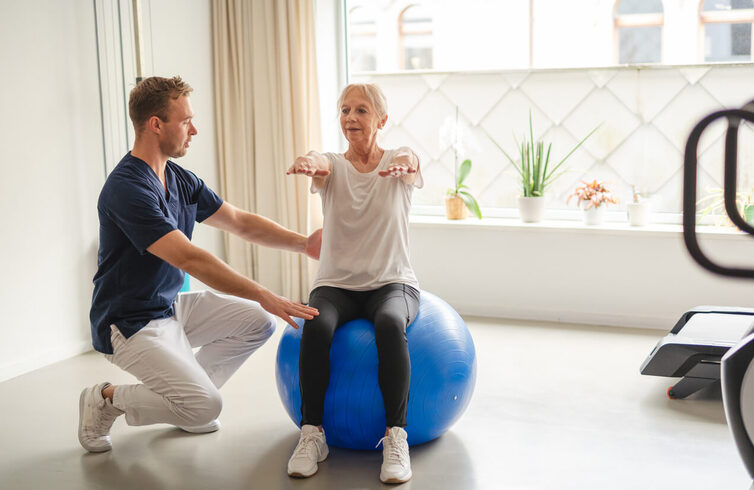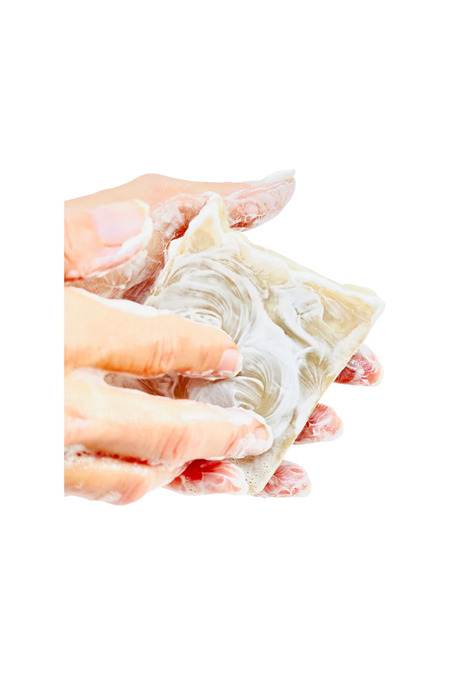PRP Hair Therapy: Separating Science from Marketing Claims
August 22, 2025
Platelet-Rich Plasma (PRP) therapy has swiftly risen as one of the most talked-about options in hair restoration circles. First popularised in sports medicine and for wound healing, PRP has found a new purpose among men and women addressing thinning hair and early stages of pattern baldness. Behind the increasing interest and media coverage, what do we truly know about PRP’s effectiveness, and where does reality fit among all the promise?
Hair loss is a concern facing millions globally, fuelling the drive to find new strategies that are safe, effective, and minimally invasive. PRP sits at the intersection of regenerative science and cosmetic medicine, appealing to those who wish to maximise the body’s natural ability to heal. As with any new trend, distinguishing well-founded results from overblown expectations is critical. In this article, we’ll break down the process, scientific evidence, and role PRP plays as part of a personalised hair restoration plan.
The Basics: What Is PRP Therapy?
PRP therapy leverages your body’s own regenerative powers. The process begins by drawing a small vial of blood from the patient—often only 15-30ml, comparable to a routine health check. This blood is placed in a centrifuge, a specialised device that spins it at high speed to separate out the concentrated platelet-rich plasma from the other components. PRP contains far higher concentrations of platelets and growth factors than ordinary blood—typically three to eight times the usual levels.
These enriched platelets are then injected directly into areas of the scalp experiencing thinning or weakness. The goal? To activate and nourish hair follicles, enhance local circulation, and encourage healthier, denser hair growth. Each element, from blood collection to injection, is performed in a clinical environment for maximum safety and comfort.
Why Do Growth Factors Matter in Hair Loss?
Platelets are best known for helping wounds heal, as they release growth factors that stimulate cell regeneration. In the context of hair restoration, these growth factors improve blood supply, prolong the growth phase of the hair cycle, and potentially wake up dormant follicles.
Key growth factors active in PRP hair therapy include Platelet-Derived Growth Factor (PDGF), which supports …



